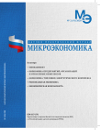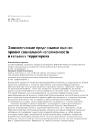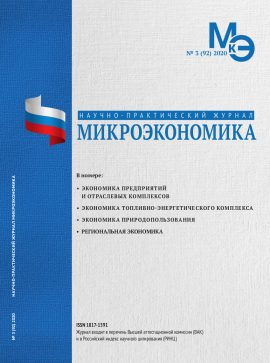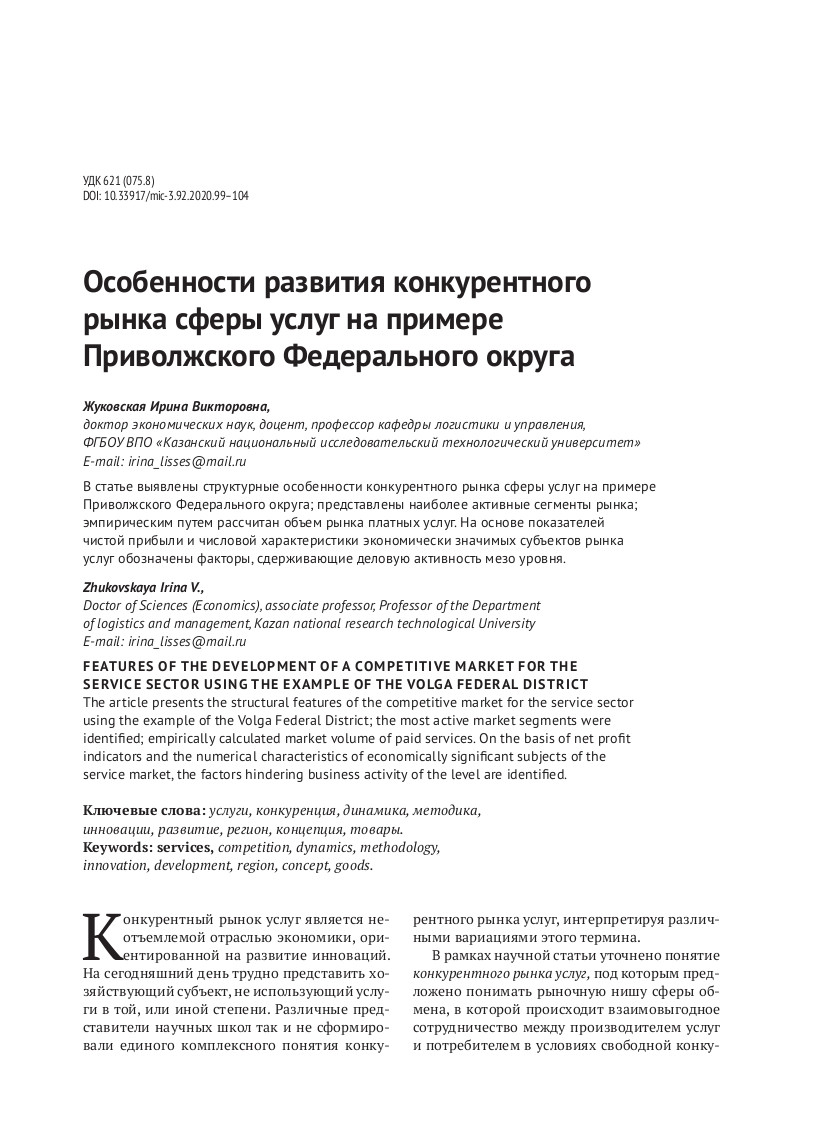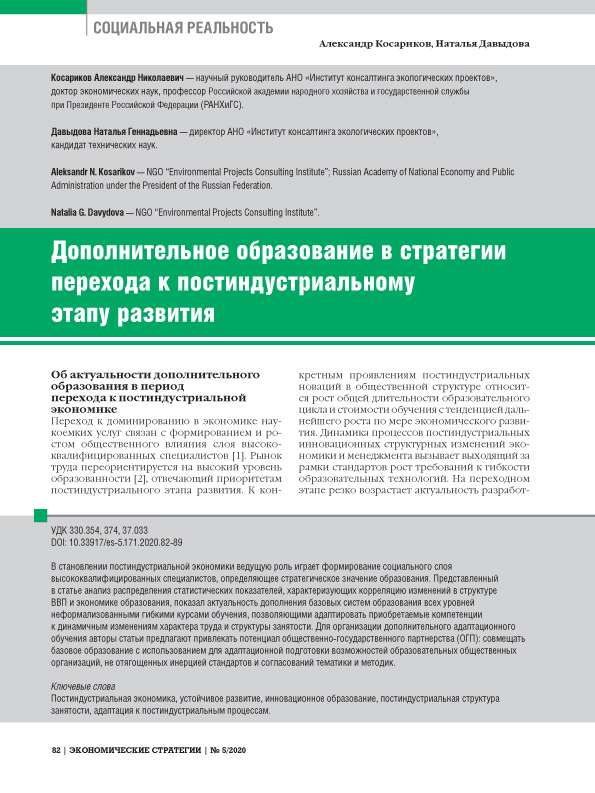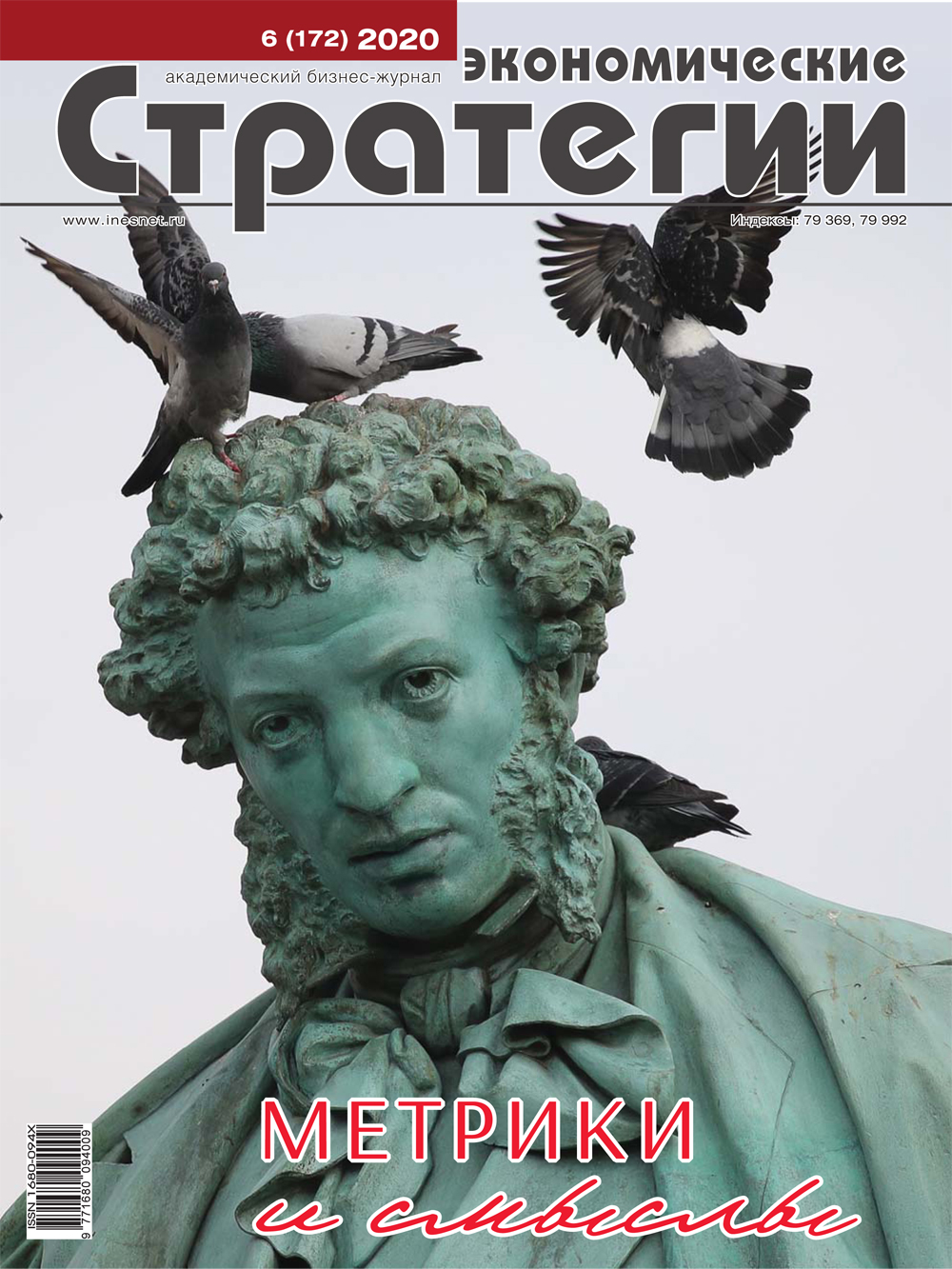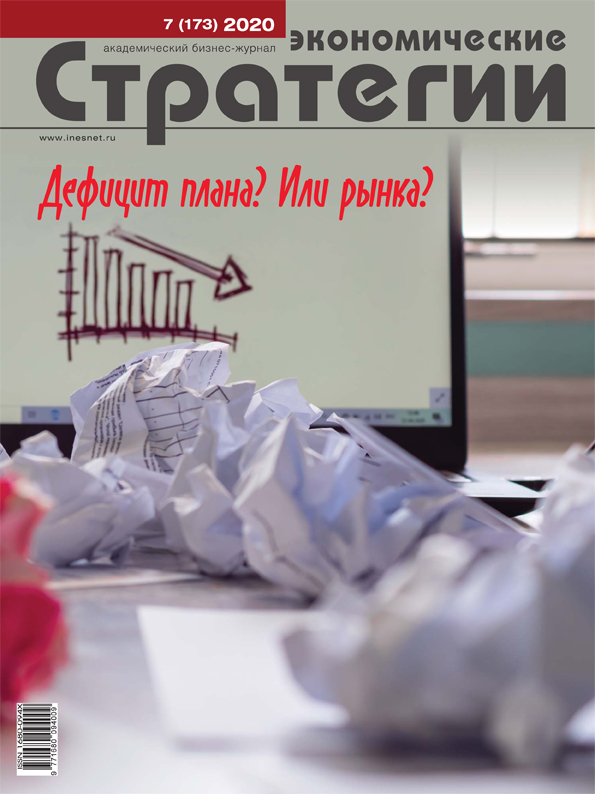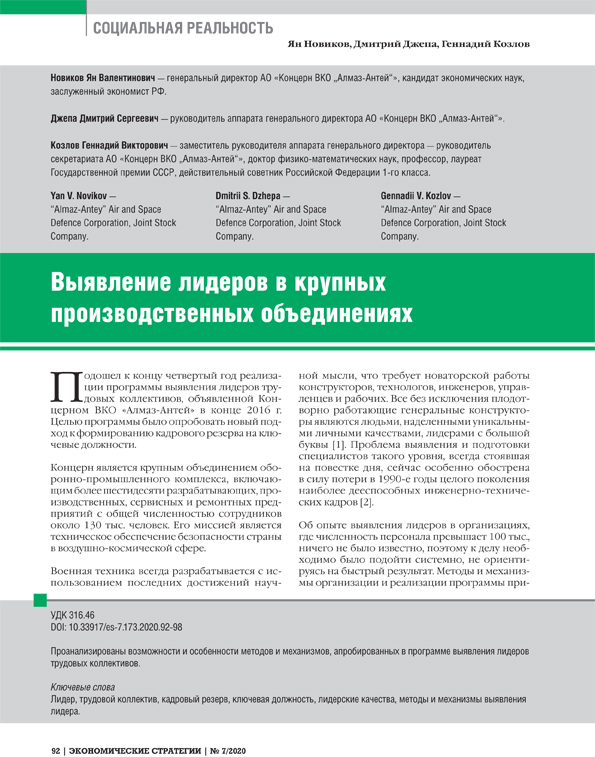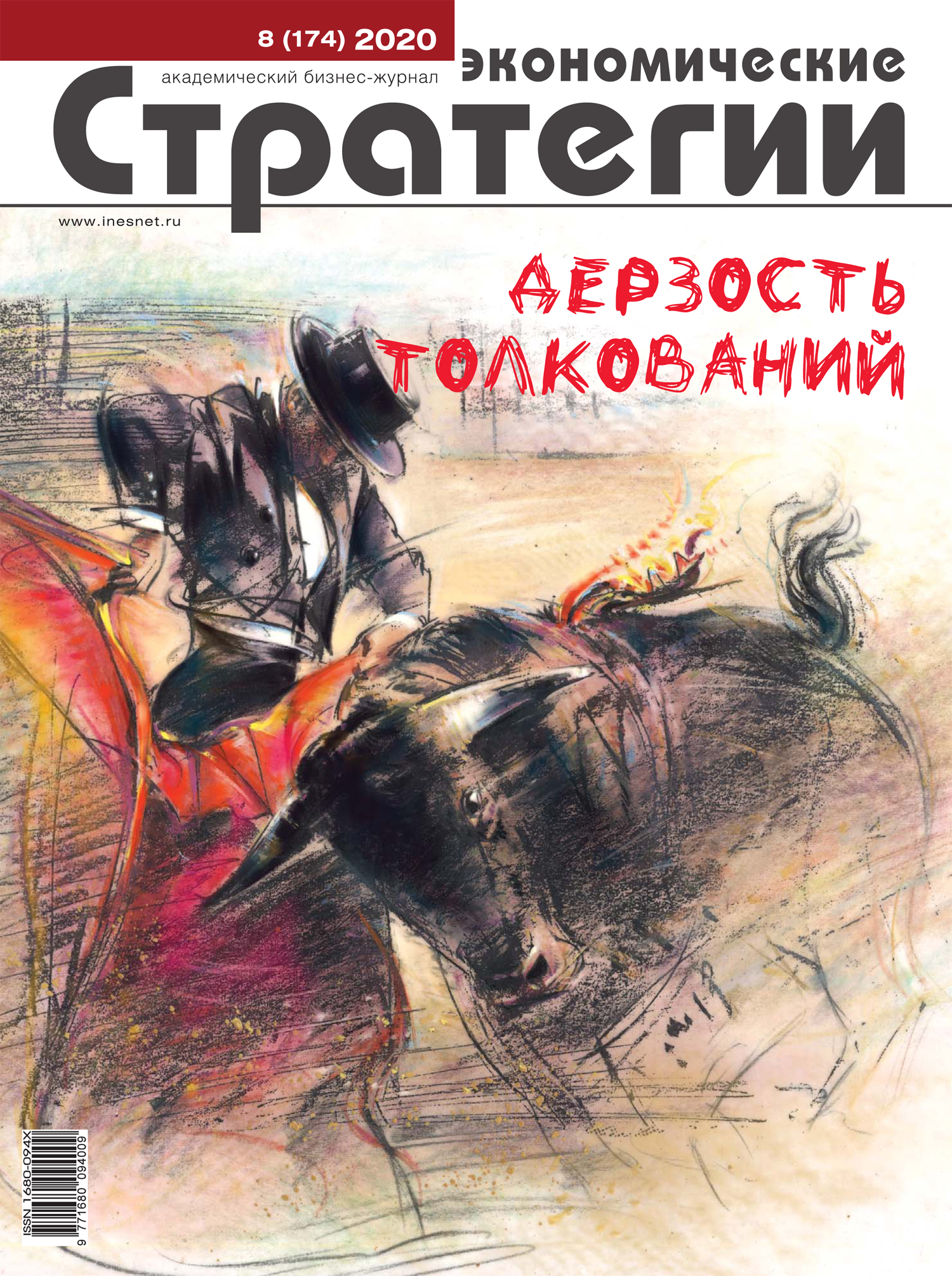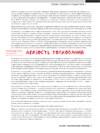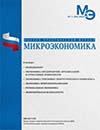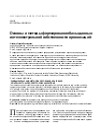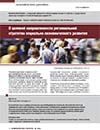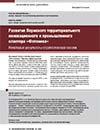Economic prerequisites for assessing the level of social tension in rural areas
DOI: 10.33917/mic-2.91.2020.75-87
The study is aimed at studying the factors of influence of economic preconditions on the level of social tension in rural areas. Methods. The study analyzes various factors that affect the development of rural areas, with an emphasis on economic impact, and determines the criteria necessary for assessing the level of social tension. The study is based on an analysis of the state of rural areas of the Perm region and the population living in them, based on statistical indicators that characterize them. Data on the level and quality of life of the population, demographic situation, unemployment, crime and migration are analyzed. Scientific novelty. Taking into account the relevance of the research topic, the authors come to a reasonable conclusion about the need to analyze and assess the level of social tension in rural areas. Results and practical significance.
On the basis of the conducted analysis, the characteristic features of the current state of the rural population of the Perm territory are highlighted and described. Factors that influence social tension in these territories are identified, and problems that need to be addressed in order to avoid negative consequences of social tension are identified. Taking into account the relevance of the considered issues for any agricultural territory of our country, the approach proposed by the authors will be interesting and universal in practical application by specialists in the field of state and municipal management, agriculture, and economy of both Federal and state authorities of the subjects of the Russian Federation and local self-government bodies.


